Context: The State Forest Department’s latest survey has found that the population of saltwater crocodiles—among the world’s largest reptiles—has risen in the Sundarban Biosphere Reserve (SBR) compared to last year.
About Saltwater Crocodile
- Saltwater Crocodile is the largest and heaviest living reptile in the world.
- Scientific Name: Crocodylus porosus
- Also called estuarine crocodile, Indo-Pacific crocodile, marine crocodile, sea crocodile, or informally “saltie.”
- An apex predator with hypercarnivorous and opportunistic feeding habits.
- Distribution: Found in saltwater and brackish wetlands — from India’s east coast through Southeast Asia and the Sunda region to northern Australia and Micronesia.
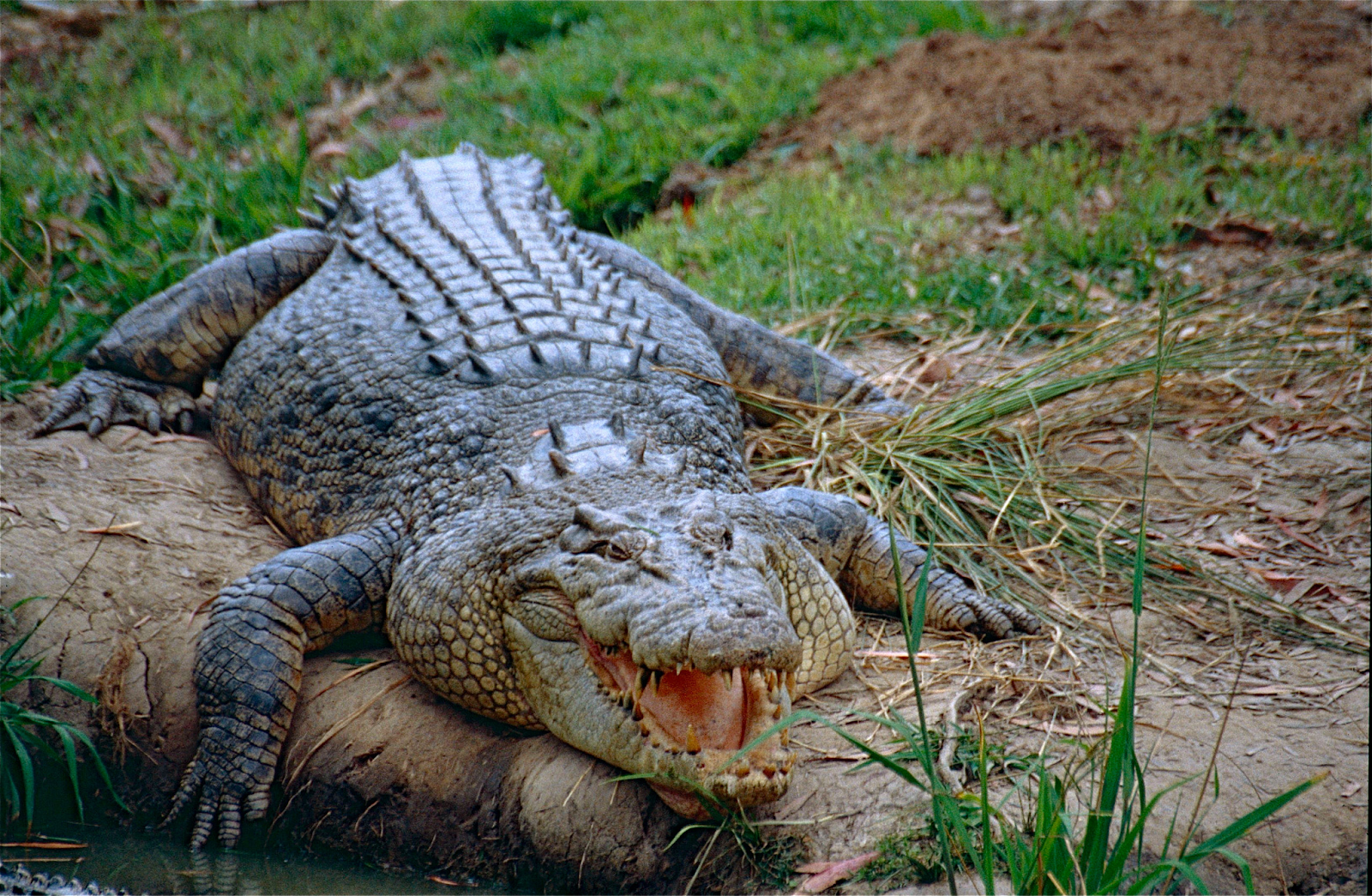
Key Features
- Average male: about 5 m long, ~500 kg.
- Average female: under 3 m long, <100 kg.
- Colour: Dark greenish-brown with lighter underbelly, aiding camouflage in aquatic habitats.
- Possess thick, armoured skin with strong scales for protection.
- Solitary in nature, especially adult males.
- Highly territorial — large males often dominate wide stretches of rivers, estuaries, or coastlines.
Conservation Status
- Listed as ‘Least Concern’ on the IUCN Red List.

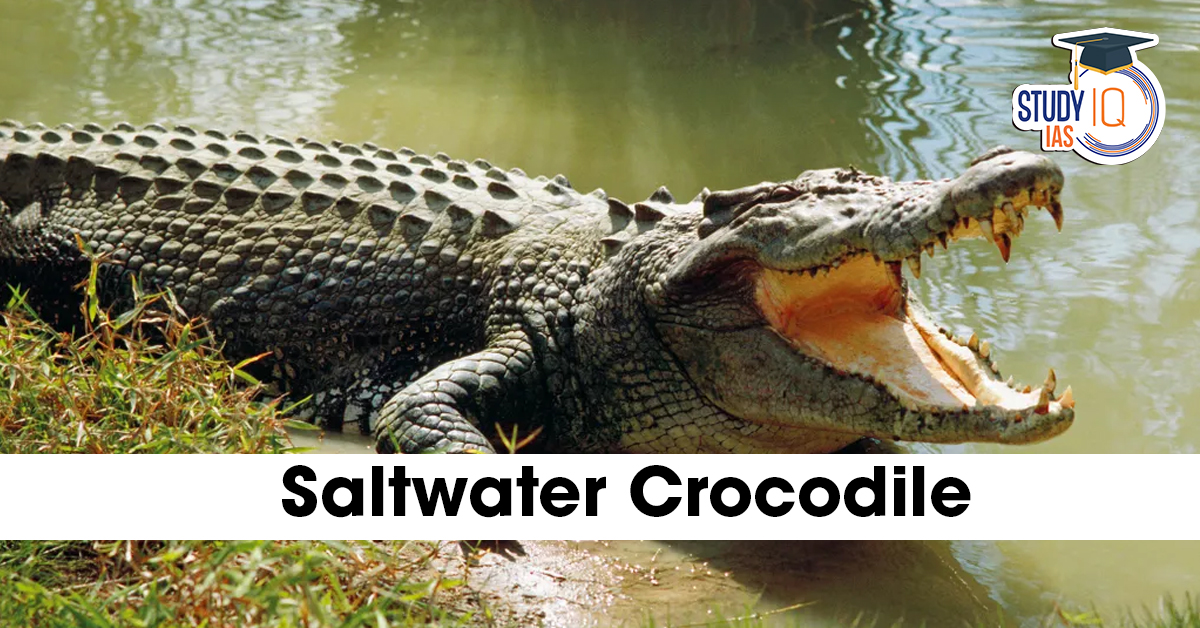
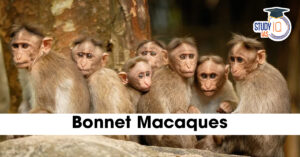 Bonnet Macaques: Habitat, Features, Beha...
Bonnet Macaques: Habitat, Features, Beha...
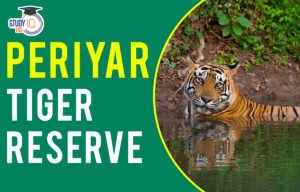 Periyar Tiger Reserve, Map, Flora, Fauna...
Periyar Tiger Reserve, Map, Flora, Fauna...
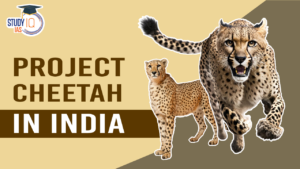 Project Cheetah in India, Objectives, Ch...
Project Cheetah in India, Objectives, Ch...

























